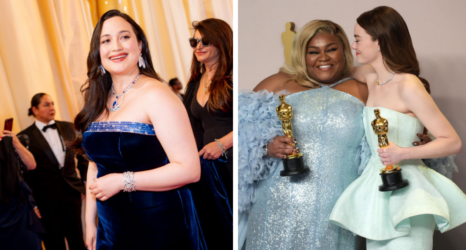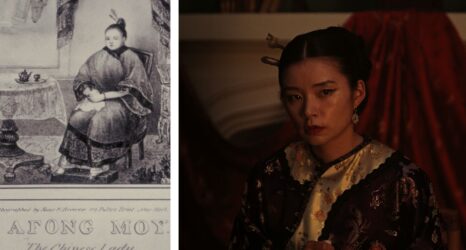Ellen DeGeneres may have hosted the Oscars last year, but that was one of the few ways Hollywood did right by women in 2014.
According to a new report from Martha Lauzen, executive director of the Center for the Study of Women in Television and Film at San Diego State University, women comprised a meager 12 percent of protagonists in the 100 highest-grossing films of 2014. In 2013, that number was 3 percentage points higher, and in 2002 it was 4 points higher. Women in 2014 comprised just 30 percent of speaking characters.
What’s more, 74 percent of all women on screen were white, while 11 percent were African American, 4 percent Latina, 4 percent Asian and 4 percent “other-worldly”—meaning audiences were as likely to see a non-human woman as they were a Latina or Asian woman in a film.
In terms of representation, the numbers of African American, Asian and white women line up with the U.S. population (African Americans are about 13 percent of the population, Asians are 5 percent and whites are 77 percent), but Latinas are grossly underrepresented—they make up 17 percent of the U.S. population.
Having a woman in the writer’s or director’s chair made a huge difference to women’s presence on the silver screen. In films with at least one woman director and/or writer, women comprised 39 percent of protagonists. But in films with exclusively male directors and writers, women accounted for a mere 4 percent of protagonists.
Women were also more likely to be represented on screen if they were young: Women under 40 accounted for 53 percent of characters, whereas males 40 and over comprised 53 percent of characters. The percentage of male characters in their 50s (18 percent) is twice that of female characters in their 50s (9 percent).
Men’s characters were far more likely to be associated with a profession than their female counterparts: Sixty-one percent of male characters were identified by a work-related role, while the same was true for just 34 percent of women.
For more studies on women in film, visit the Center for the Study of Women in Television and Film.
Get Ms. in your inbox! Click here to sign up for the Ms. newsletter.
Photo via Shutterstock





